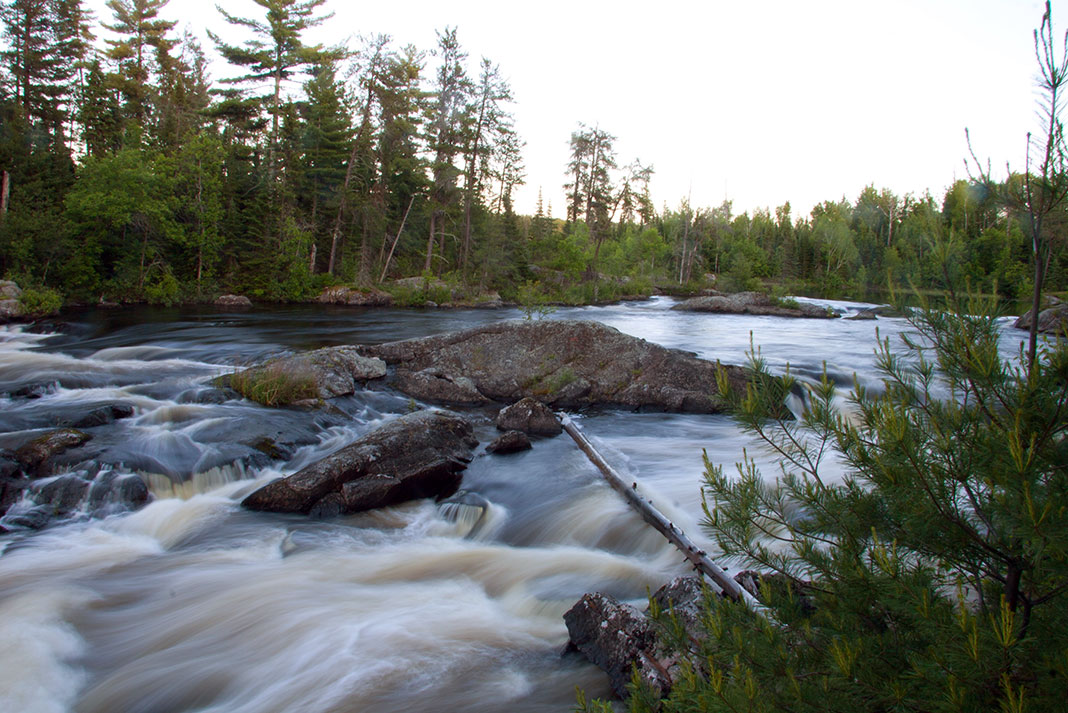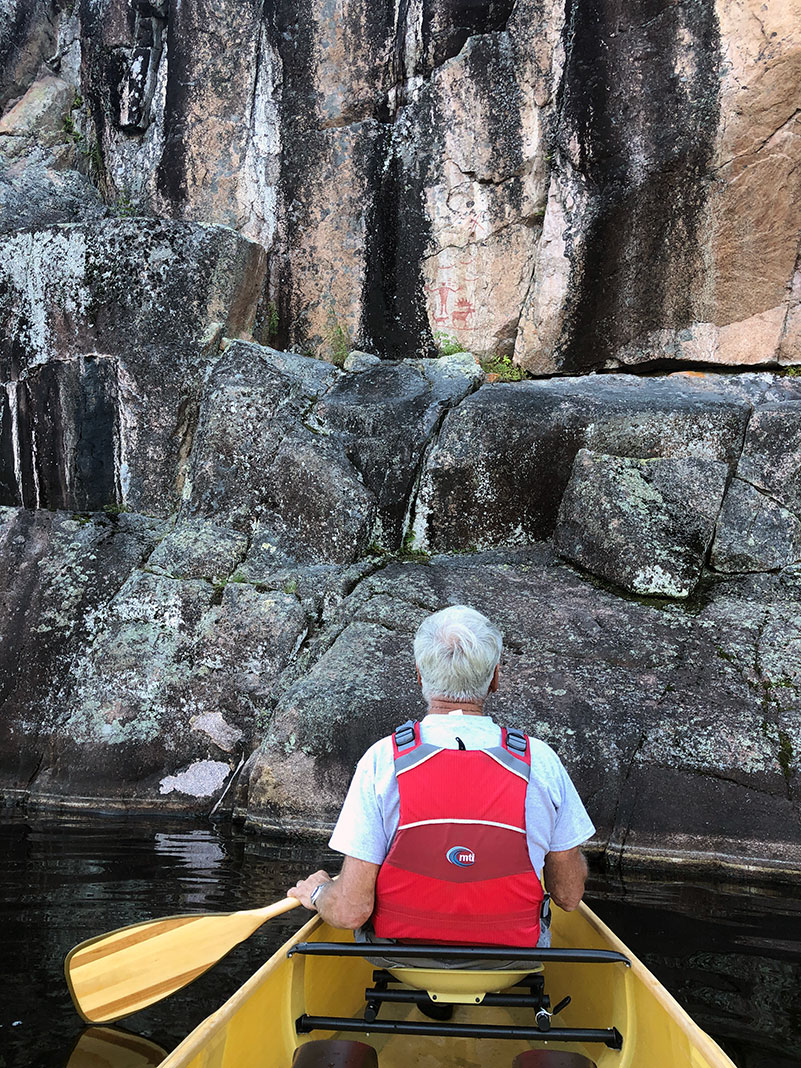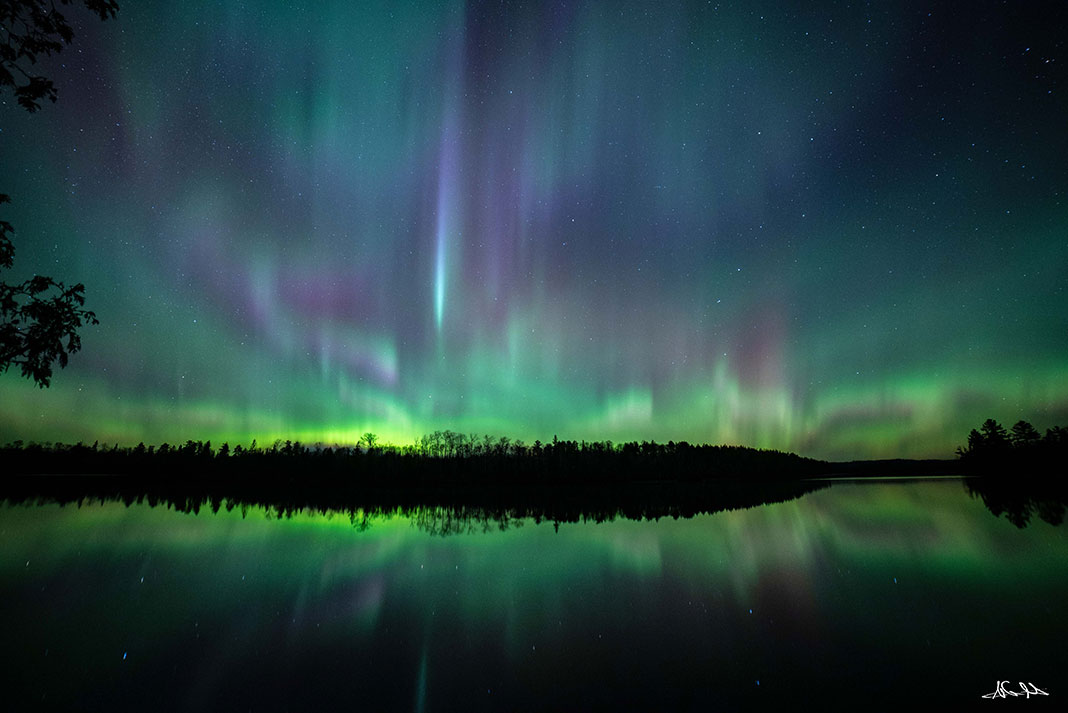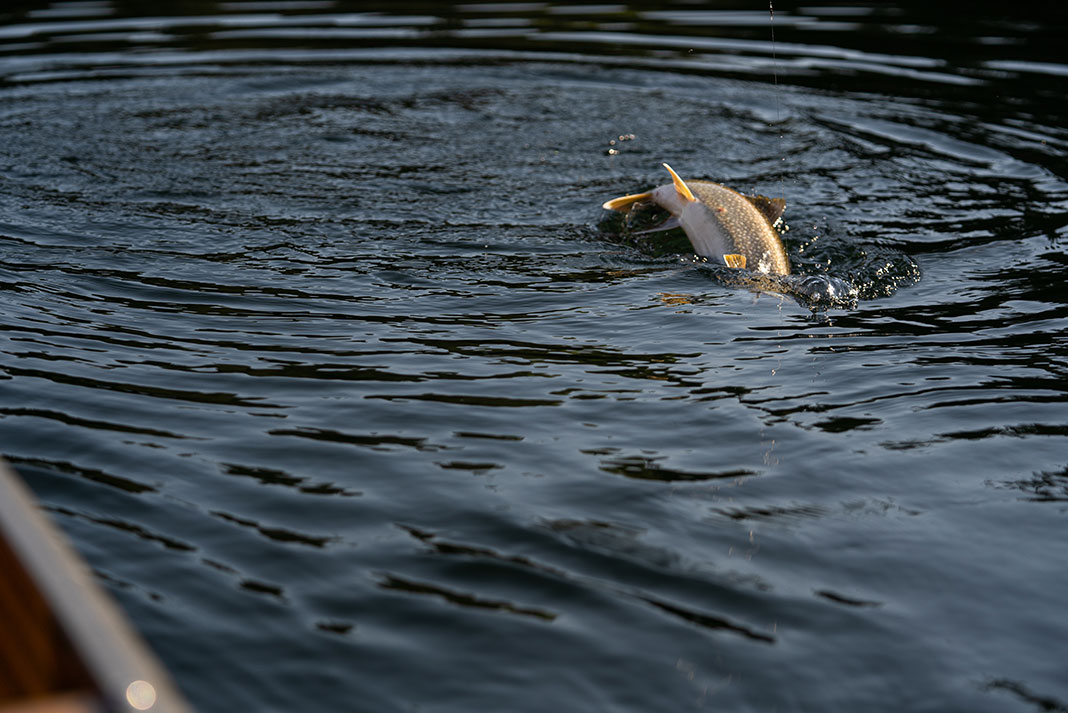With 1.1 million acres, 1,175 lakes and 2,000 campsites, there are an endless number of places to visit in the Boundary Waters Wilderness Canoe Area. Plan your backcountry canoe trip around hitting up some of these sites, or choose a resort or cabin that will give you access to great activities.
Paddling ranks top of the list, of course. You can explore access point and nearby lakes by kayak or paddleboard, or use a canoe to head into the heart of the wilderness. That aside, here are some of the other best things to do in the Boundary Waters.
[ This article is part of our Ultimate Guide To Canoeing The Boundary Waters. Find all the resources you need to plan a paddle trip in the BWCA.]

Hiking in the Boundary Waters
Though known for its water trails, the Boundary Waters’ hiking trails are worth the effort. There are 20+ trails near or within the borders of the Boundary Waters. Some are short and sweet, while others require multiple days to complete. You’ll find a mix of loops and out-and-back, as well as those that can only be accessed by paddle. Try the Eagle Mountain Trail—this 3.5-mile hike will take you to the top of Eagle Mountain which is the highest point in Minnesota.

Boundary Waters waterfalls
The international border between the U.S. and Canada is more defined by stunning waterfalls than a line on the map. The traditional voyageur route along Lac La Croix, Iron and Basswood lakes includes gorgeous cascades like Rebecca, Curtain, Lower Basswood and Upper Basswood falls, making this a great destination for experienced canoe trippers looking for the finest scenery.
There are plenty of much more accessible waterfalls, too, including Fifty Foot Falls near the Limekiln Campground, High Falls near the Rabbit Campground, and Grass River Cascade near the Kekekabic Campground.

Boundary Waters pictographs
Ancient pictographs on rock faces along North Woods lakes are a humbling reminder we aren’t the first people to paddle these waters. Indigenous pictographs can be found in numerous places across the Minnesota Boundary Waters, including vivid images at North Hegman Lake that are estimated to date back 500 to 1,000 years. Pictographs should be visited with utmost respect; avoid touching these important cultural sites.

Aurora borealis Boundary Waters
Dark skies and a northern latitude make the Boundary Waters a great place to view the aurora borealis. Late summer and autumn are best, with activity usually peaking around midnight. NOAA Space Weather provides an accurate short-term forecast for the aurora borealis around the world.

Boundary Waters fishing
An entire article could be written about fishing in the Boundary Waters. Northern Minnesota contains some of the best fishing opportunities on the planet, and there’s no better way to find big fish than to get off the beaten track by traveling in a canoe. You’ll find great fishing for smallmouth and largemouth bass, northern pike, and walleye across the region.
Look for larger lakes, such as Basswood, Saganaga, Seagull and Knife, if you wish to catch lake trout. Don’t be afraid to fish in moving water, too—especially for trophy northerns that lurk in eddies of calm water around rocks.

Best places in the Boundary Waters
With so many amazing attractions, it’s hard to narrow down a list of the best places in the Boundary Waters. Like many of the world’s greatest outdoor destinations, every Boundary Waters visitor will have their own favorites.
For extreme solitude, try Rifle Lake, which boasts a single campsite for ultimate seclusion. For iconic freshwater scenery that captures the mood of the Boundary Waters, paddle into Knife Lake, along the U.S.-Canada border. For outstanding fishing, wet a line in Seagull Lake. For easy access, float the Kawishiwi River. For islands, try Saganaga Lake. Lastly, for a taste of this region’s rich Indigenous past, visit the pictographs on North Hegman Lake.


